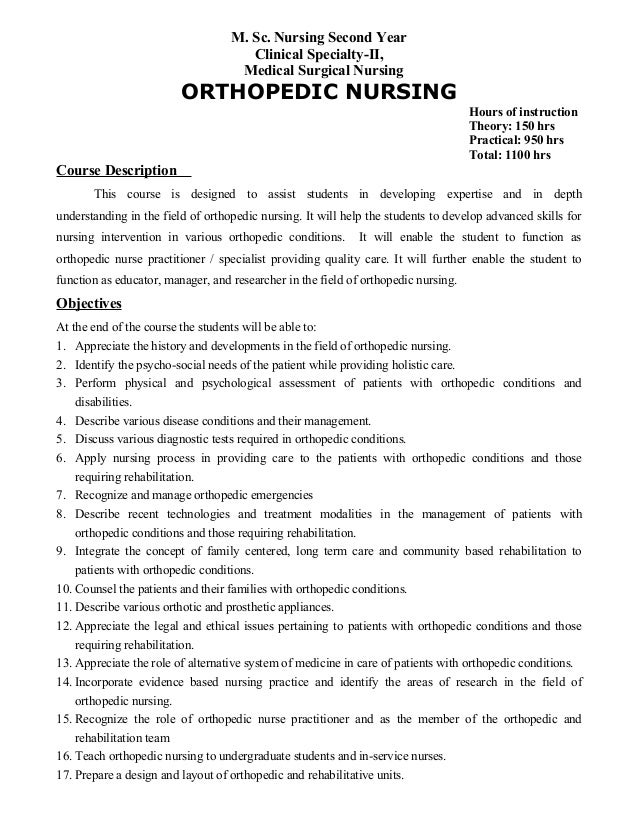

A User Manual For The Occupational Performance History Interview Questions
MOHO Web is a confidential online resource for occupational therapy practitioners, educators, students, and researchers. Here you may access and use all of the MOHO assessments and interventions that are supported for distribution through the University of Illinois at Chicago.
- American Academy of Pediatrics (1996). Health needs of homeless children and families. Pediatrics, 98(4): 789-791.Google Scholar
- Anderson, J., and Olnhausen, K. (1999). Adolescent self-esteem: A foundational disposition. Nur. Sci. Q. 12(1): 62-67.Google Scholar
- Bassuk, E., and Rubin, L. (1987). Homeless children: A neglected population. Am. J. Orthopsychiatry, 57(2): 266-273.Google Scholar
- Chicago Coalition for the Homeless (2001). Youth on the streets and on their own: Youth homelessness in Illinois. A Report by the Chicago Coalition for the Homeless. www.chicagohomeless/org/factsfigures/youthstudy.pdf.Google Scholar
- DePoy, E., and Gitlin, L. (1998). Introduction to Research: Understanding and Applying Multiple Strategies. Mosby, St. Louis, pp. 162-175.Google Scholar
- DeRosa, C. J., Montgomery, S. B., Kipke, M. D., Iverson, E., Ma, J. L., and Unger, J. B. (1999). Service utilization among homeless and runaway youth in Los Angeles, California: Rates and reasons. J. Adolesc. Health, 24: 449-458.Google Scholar
- Dworetsky, J. P. (1984). Introduction to Child Development (2nd edn.). West Publishing Company, St. Paul, MN.Google Scholar
- Ensign, J., and Gittelsohn, J. (1998). Health and access to care: Perspectives of homeless youth in Baltimore City, U.S.A. Soc. Sci. Med. 47(12): 2087-2099.Google Scholar
- Ensign, J., and Santelli, J. (1997). Shelter-based homeless youth: Health and access to care. Arch. Pediatr. Adoles. Med. 151(8): 817-823.Google Scholar
- Frydenberg, E. (1999). Learning to Cope: Developing as a Person in Complex Societies. Oxford University Press, Oxford, England.Google Scholar
- Gilligan, R. (1999). Enhancing the resilience of children and young people in public care by mentoring their talents and interests. Soc. Work 4(3): 187-196.Google Scholar
- Gourley, M. (2000). High-risk youths receive OT intervention. OT Pract. May: 9-10.Google Scholar
- Greenblatt, M., and Robertson, M. (1993). Life-styles, adaptive strategies, and sexual behaviors of homeless adolescents. Hosp. Commu. Psychiatry, 44(12): 1177-1180.Google Scholar
- Hammersley, M., and Atkinson, P. (1995). Ethnography: Principles in Practice. Routledge, London, NY.Google Scholar
- Kielhofner, G. (2002). A Model of Human Occupation: Theory and Application. (3rd edn.). Lippincott Williams and Wilkins, Baltimore.Google Scholar
- Kielhofner, G., and Henry, A. (1988). Development and investigation of the Occupational Performance History Interview. Am. J. Occup. Ther. 42(8): 489-498.Google Scholar
- Kielhofner, G., Henry, A., Walens, D., and Rogers, S. (1991). A generalizability study of the Occupational Performance History Interview. Occup. Ther. J. Res. 11(5), 292-306.Google Scholar
- Kielhofner, G., and Mallinson, T. (1995). Gathering narrative data through interviews: Empirical observations and suggested guidelines. Scand. J. Occup. Ther. 2, 63-68.Google Scholar
- Kielhofner, G., Mallinson, T., Crawford, C., Nowak, M., Rigby, M., Henry, A., and Walens, D. (1998). A User's Manual for The Occupational Performance History Interview (Version 2.0) OPHI-II. The Model Of Human Occupation Clearinghouse, Department of Occupational Therapy, University of Illinois at Chicago.Google Scholar
- Kielhofner, G., Mallinson, T., Forsyth, K., and Lai, J. S. (2001). Psychometric Properties of the second version of the Occupational Performance History Interview-II (OPHI-II). Am. J. Occup. Ther. 55(3): 260-267.Google Scholar
- Koegel, P., Melamid, E., and Burnam, A. M. (1995). Childhood risk factors for homelessness and homeless adults. Am. J. of Pub. Health, 85(12): 1642-1649.Google Scholar
- Kurtz, P. D., Hick-Coolick, A., Jarvis, S. V., and Kurtz, G. L. (1996). Assessment of abuse in runaway and homeless youth. Child Youth Care Forum, 25(3): 183-194.Google Scholar
- Lewis, M., and Sullivan, W. M. (1996). Emotional Development in Atypical Children. Erlbaum, New Jersey.Google Scholar
- Lynch, K., and Bridle, M. (1993). Construct validity of the Occupational Performance History Interview. Occup. Ther. J. Res. 13(4): 231-240.Google Scholar
- Mallinson, T., Kielhofner, G., and Mattingly, C. (1996). Metaphor and meaning in a clinical interview. Am. J. Occup. Ther. 50, 338-346.Google Scholar
- Mallinson, T., Mahaffey, L., and Kielhofner, G. (1998). The occupational performance history interview: Evidence for three underlying constructs of occupational adaptation. Can. J. Occup. Ther. 65(4), 219-228.Google Scholar
- Okkema, K. (1993). Cognition and Perception in the Stroke Patient. Aspen, Gaithersburg, MD.Google Scholar
- Ringwalt, C. L., Greene, J. M., Robertson, M., and McPheeters, M. (1998). The prevalence of homelessness among adolescents in the United States. Am. J. Pub. Health, 88(9): 1325-1329.Google Scholar
- Robertson, M., and Toro, P. (1998). Homeless Youth: Research, Intervention, and Policy (The 1998 National Symposium on Homelessness Research) Retrieved October 3, 2001, from www.aspe.hhs.govGoogle Scholar
- Taylor, S., and Bogdan, R. (1998). Introduction to Qualitative Research Methods: A Guidebook and Resource. Wiley, New York.Google Scholar
A User Manual For The Occupational Performance History Interview Test
- Therapists' and Clients' Perceptions of the Occupational Performance History Interview Article (PDF Available) in Occupational Therapy in Health Care 19(1-2):173-92 August 2005 with 737 Reads.
- Performance History Interview information in a semi-structured interview about the patient’s life and functioning in order to determine the best interventions. Cabinet Volitional Questionnaire Version 4.1/2007 MOHO Clearinghouse Patients with cognitive or verbal limitations -5 User’s Manuals Designed to evaluate volitional components through.
- Rates the client’s.occupational identity. and.occupational competence. and the.impact of occupational behavior settings. Obtains a broad and detailed understanding of the client’s life history and the impact of illness, disability, or other trauma on the individual’s life.